45 hazard labels class 4
Laser safety - Wikipedia Class 4 is the highest and most dangerous class of laser, including all lasers that exceed the Class 3B AEL. By definition, a class 4 laser can burn the skin, or cause devastating and permanent eye damage as a result of direct, diffuse or indirect beam viewing. These lasers may ignite combustible materials, and thus may represent a fire risk. Hazard Class 9 - Hazmat Labels from Labelmaster Choose Labelmaster's Hazard Class 9 Labels. Available in International Wordless, Personalized with a Shipping Name, Pre-Printed or with Blank tabs, these labels are ideal when transporting Dangerous Goods such as dry ice, ammonium nitrate fertilizers, lithium ion batteries, vehicles and first aid kits.
WHMIS 2015 - Hazard Classes and Categories : OSH Answers Nov 03, 2022 · Category 1 is always the greatest level of hazard (that is, it is the most hazardous within that class). If Category 1 is further divided, Category 1A within the same hazard class is a greater hazard than category 1B. Category 2 within the same hazard class is more hazardous than category 3, and so on. There are a few exceptions to this rule.
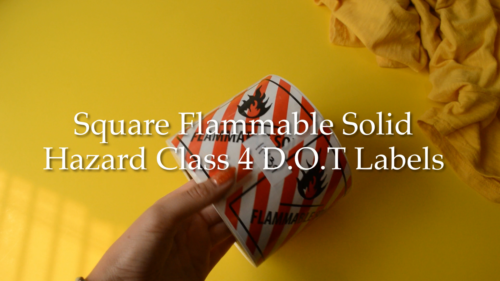
Hazard labels class 4
Dangerous goods classes and hazard labels | Civil Aviation ... Handling labels. In addition to hazard labels, handling labels must be attached to all packaging and clearly visible where needed. You must use these 4 handling labels with the appropriate hazard labels: Cargo aircraft only. This label is used to show that the load cannot be carried on a passenger aircraft. Cyrogenics BRIEF - Occupational Safety and Health Administration relative level of severity of the hazard and alert the reader to a potential hazard on the label. There are only two words used as signal words, “Danger” and “Warning.” Within a specific hazard class, “Danger” is used for the more severe hazards and “Warning” is used for the less severe hazards. There will only be one signal GHS hazard pictograms - Wikipedia Division 1.2: Substances and articles which have a projection hazard but not a mass explosion hazard Division 1.3: Substances and articles which have a fire hazard and either a minor blast hazard or a minor projection hazard or both, but not a mass explosion hazard. Note: The asterisks are replaced by the class number and compatibility code
Hazard labels class 4. Dangerous goods - Wikipedia 1.2 Explosives with a severe projection hazard. 1.3 Explosives with a fire, blast or projection hazard but not a mass explosion hazard. 1.4 Minor fire or projection hazard (includes ammunition and most consumer fireworks). 1.5 An insensitive substance with a mass explosion hazard (explosion similar to 1.1) 1.6 Extremely insensitive articles. GHS hazard pictograms - Wikipedia Division 1.2: Substances and articles which have a projection hazard but not a mass explosion hazard Division 1.3: Substances and articles which have a fire hazard and either a minor blast hazard or a minor projection hazard or both, but not a mass explosion hazard. Note: The asterisks are replaced by the class number and compatibility code BRIEF - Occupational Safety and Health Administration relative level of severity of the hazard and alert the reader to a potential hazard on the label. There are only two words used as signal words, “Danger” and “Warning.” Within a specific hazard class, “Danger” is used for the more severe hazards and “Warning” is used for the less severe hazards. There will only be one signal Dangerous goods classes and hazard labels | Civil Aviation ... Handling labels. In addition to hazard labels, handling labels must be attached to all packaging and clearly visible where needed. You must use these 4 handling labels with the appropriate hazard labels: Cargo aircraft only. This label is used to show that the load cannot be carried on a passenger aircraft. Cyrogenics







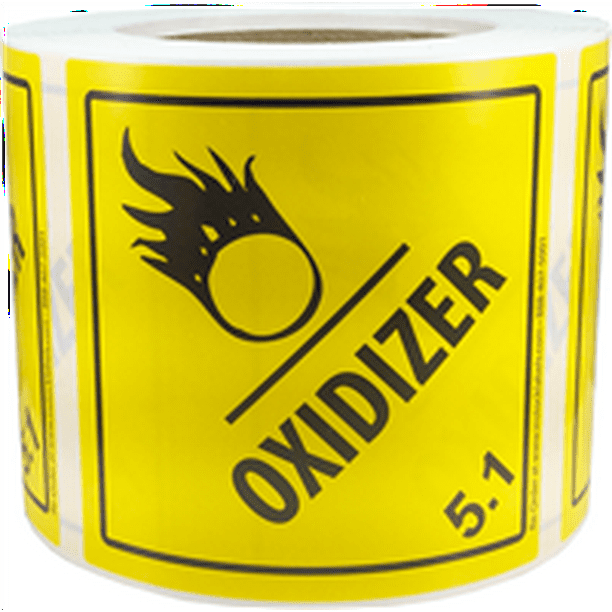


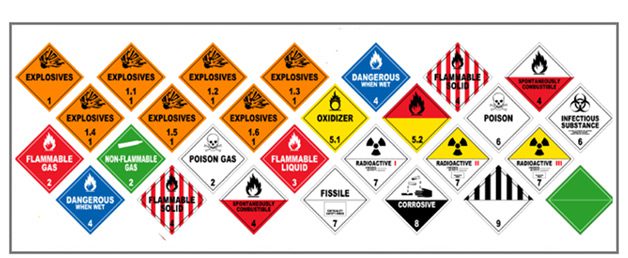
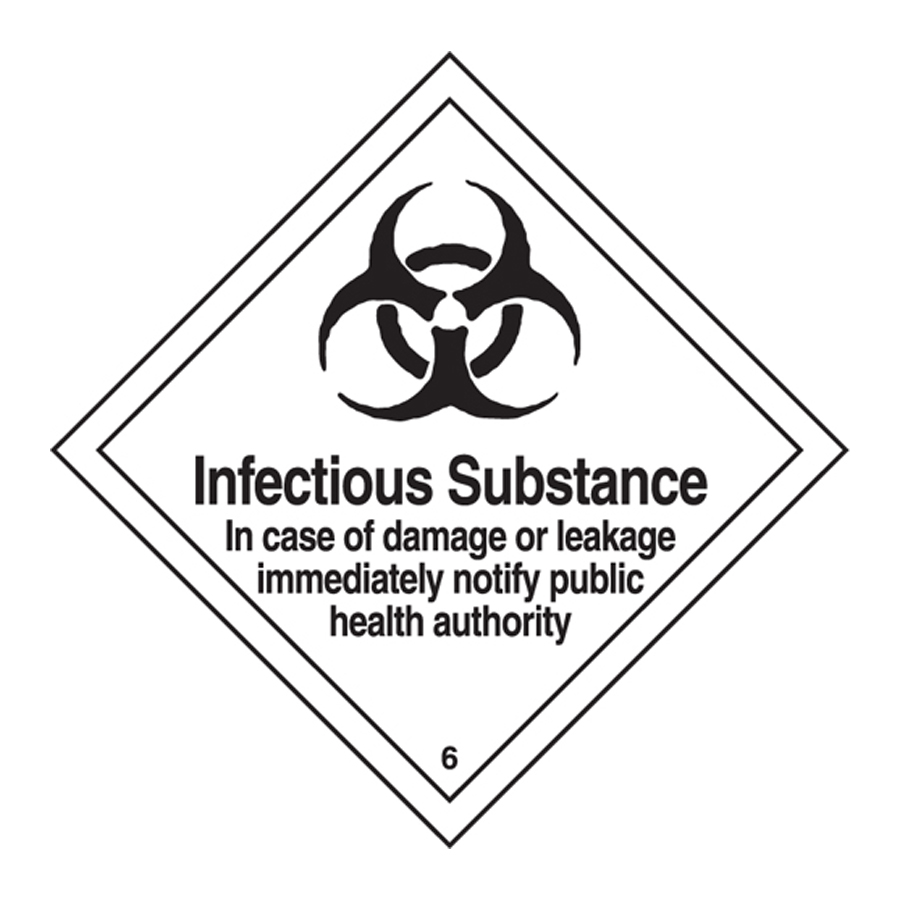


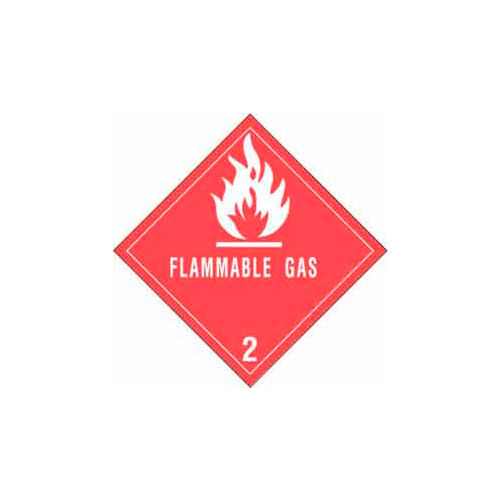



![Sticker] Laminated DOT Spontaneously Combustible Hazard ...](https://i5.walmartimages.com/asr/cd4a8448-73e8-41b8-9af3-0c42b411543d.28714dde77d6a07dc291923d0a2cf200.jpeg?odnHeight=612&odnWidth=612&odnBg=FFFFFF)





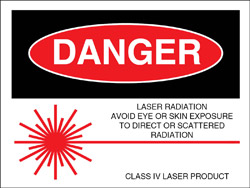
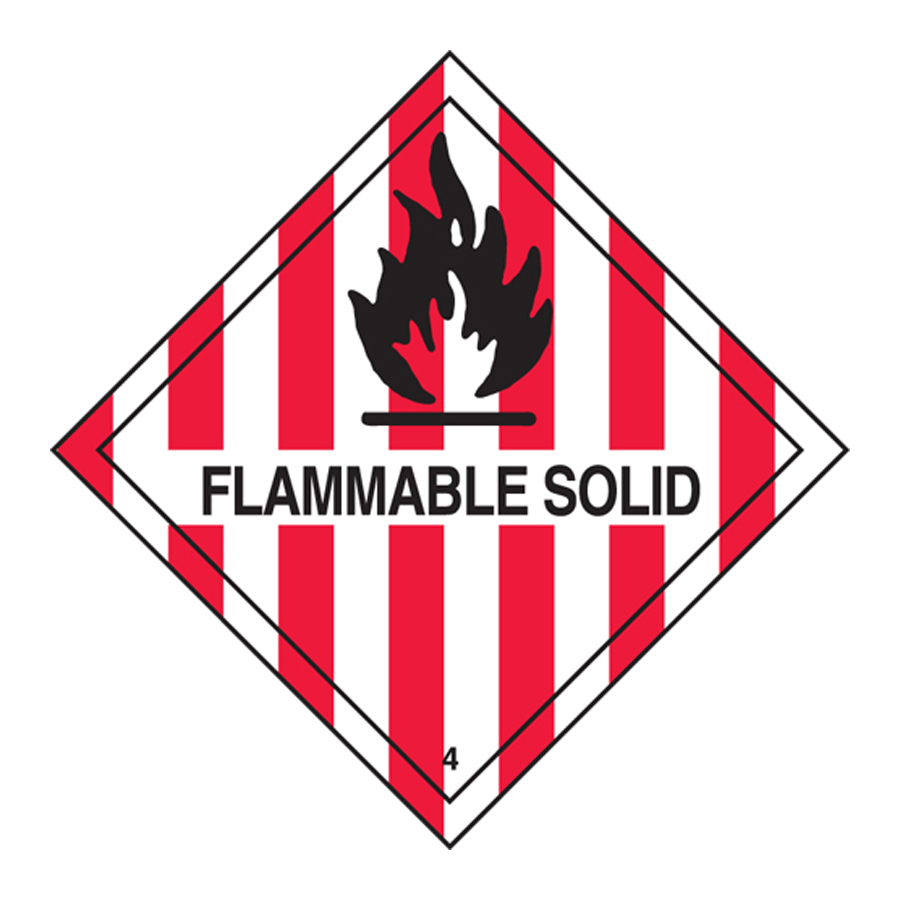
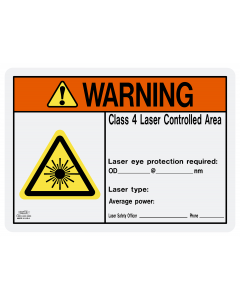



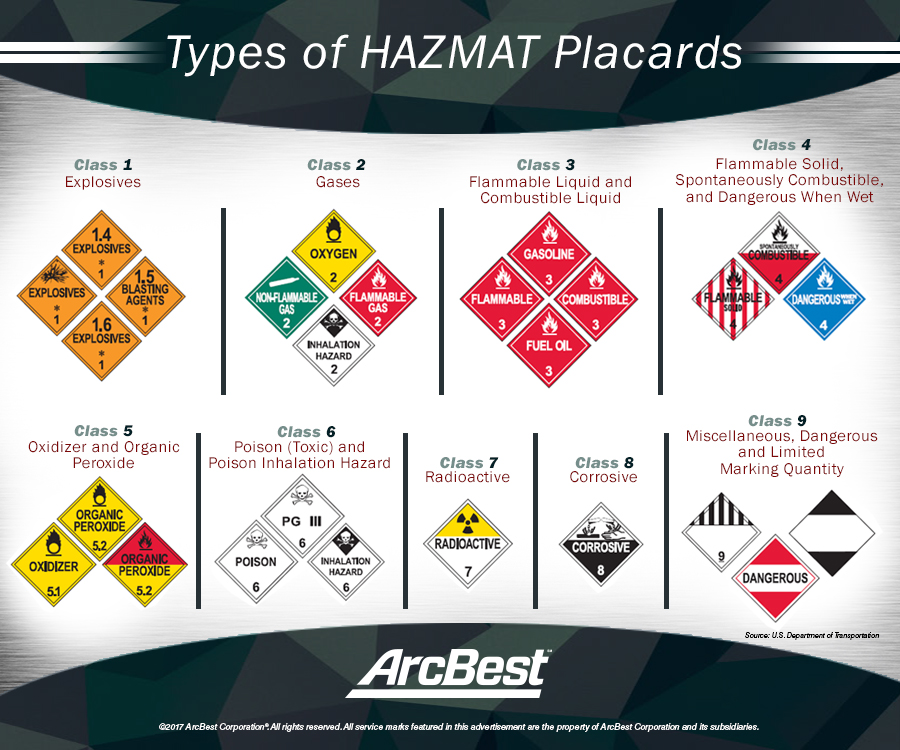


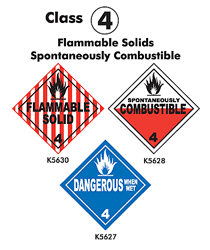





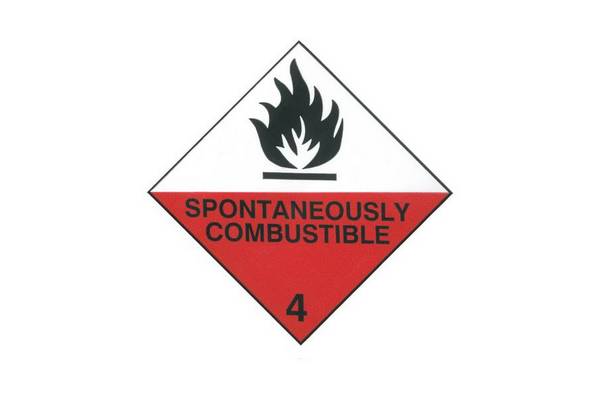

Post a Comment for "45 hazard labels class 4"